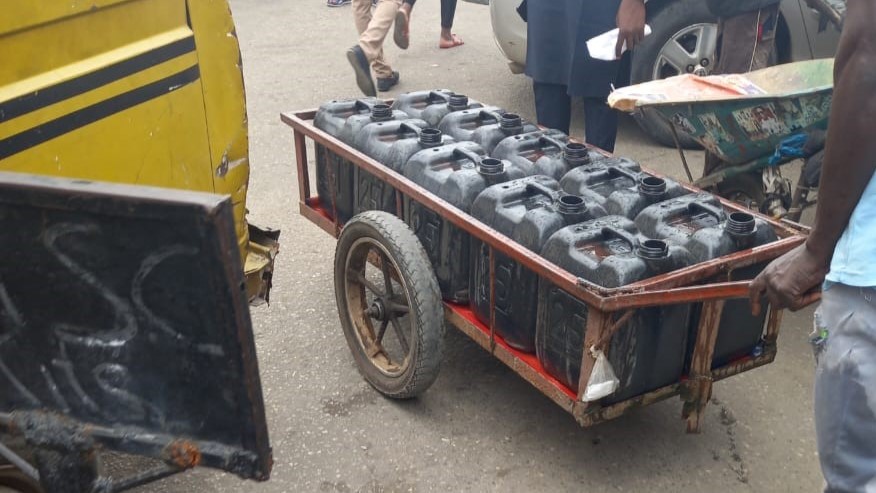By Dr. Hope Orivri
The source of drinking water is very important when considering safe water; improved drinking water sources include piped water, boreholes or tube wells, protected dug wells, protected springs, rainwater, and packaged or delivered water.
The water source should be located on the premises and water should be available when needed. Water meant for drinking and use for other chores at home should be free of faecal and priority chemical contamination (UNwater, 2022).
Meanwhile, we can consider an argument by the Centres for Disease Control and Prevention (CDC, 2022) that vendor-provided water (cart with small tank/drum, tanker truck) is unsafe water for drinking.
This argument resonates with the practical evidence in water supply around metropolises like Lagos, Kano, and other places. Even if the water vendor gets the water from a good water source, they transport the water in containers without lids, the containers are used in the same condition all year round without cleaning them.
contaminated drinking water (as a result of inappropriate management) can cause cholera, diarrhoea, dysentery, typhoid and several other diseases (WHO, 2022).
*This can help
Drinking water should be stored in food-grade plastic containers and kept in a cool place away from direct sunlight and heat, which are capable of slowly breaking down plastic and can cause the growth of algae.
Water storage containers preferably should have narrow-neck and must be tightly closed, to avoid dipping hands into the water while scooping. The container for storing drinking water should not have been previously used for holding toxic chemicals.
Drinking water treatment at home is very encouraged, particularly considering the source of the water. Home water treatment processes can be by coagulation- it is the addition of specific types of salt, aluminum, or iron. This helps the dirt bind with chemicals to form larger particles that can easily separate from the water.

































































